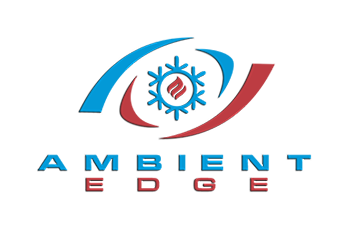Over the past two years, the heat wave in Phoenix and the surrounding area hit record highs. Last June, temperatures soared to 118, and four people suffered heat stroke and passed away as a result. This is a sobering reminder of how dangerous excessive heat can be.
One of the most severe cases of heat stroke came in 2003 when residents of Europe suffered a blanketed wave of oppressive heat. The terribly high temperatures killed 14,802 people in France alone. The victims were primarily the elderly and infirm.
Let’s look more closely at the physical symptoms of heat stroke so that we can all be alert to the signs of this dangerous disorder.
What is Heat Stroke?
The medical name for heat stroke is hyperthermia. Live Science says, “Hyperthermia is an abnormally high body temperature caused by a failure of the body’s normal heat-regulating mechanisms…” Factors affecting the hyperthermia include your personal health, the activities you’re undertaking, and the outdoor temperature.
People with chronic medical conditions like physical disabilities, asthma, or other breathing issues, are very vulnerable when the heat rises. If these individuals live in a home without air conditioning, they are at much higher risk for hyperthermia.
Conversely, those in the prime of health, such as athletes, construction workers, landscapers, or those working in physical jobs during the highest temperatures are at risk. The Center for Disease Control tracks fatalities from hyperthermia, which average more than 1,000 in the U.S. each year.
Hyperthermia is no joke; WebMD says anyone with a core body temperature of more than 104 degrees, is in immediate danger. Heat stroke can damage the brain and other internal organs, and if left untreated will cause coma and death.
Mild forms of hyperthermia, called heat fatigue, can create symptoms like headaches, cramping, dizziness, and general fatigue. When heat fatigue worsens, hyperthermia can set in. The body cannot cool itself fast enough, as internal physical temperatures rise. Manifestations of this disorder include:
· Strong, fast pulse
· Lack of sweating
· Muscle cramps
· Rapid, shallow breathing
· Faintness
· Nausea or vomiting
· Confusion
· Unconsciousness
Replenishing the body with fluids and electrolytes can combat heat fatigue. If you suspect someone has the symptoms of heat exhaustion, make sure they get into the shade and drink lots of water or Gatorade. Put a cool damp towel on the back o f their neck. If the symptoms worsen, call 9-1-1.
Preventing Heat Stroke
This summer, be alert for the signs of hyperthermia. You can avoid it by:
· Wearing lightweight clothing.
· Using sunscreen.
· Drinking more fluids. While exercising, drink eight ounces of water ever 20 minutes, even if you’re not thirsty.
· Only doing outside physical activity first thing in the morning.
· Monitoring the color of your urine for dehydration. Darker urine means you need to drink more.
· Avoiding alcohol and caffeine, which dehydrate your body.
Las Vegas Air Conditioning – Avoiding Heatstroke
Ambient Edge services all makes and models of air conditioning units. We also replace older units with state-of-the-art Lennox technology. Contact us today to help keep you, your family, and pets cool this summer.


